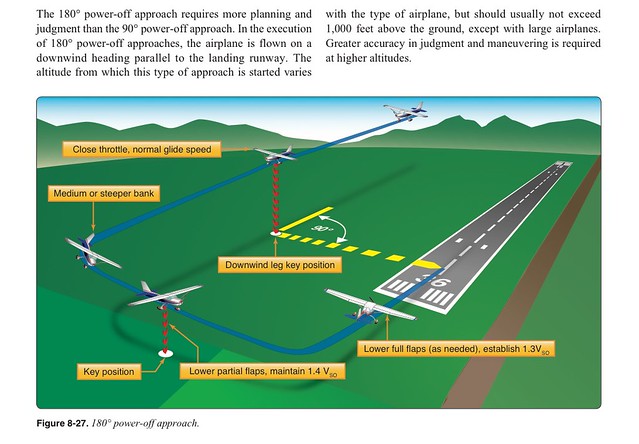To spring board off Fast Eddie's post, I offer a different POV:
1) I fly a tight downwind, regardless of which a/c I'm in. I get...annoyed...when i'm in the pattern with someone flying a "747" pattern, just seems like a waste of time to fly a pattern that far from the runway.
2) I like the circular pattern. I've been, kind of, doing it anyway for many years...when I'm in the pattern by myself. Nail the speed required in the downwind, abeam the numbers, reduce power, deploy the flaps (depending on the a/c), start your descending left/right turn, manage your speed and adjust your touch down point with pitch and power. This a skill that's practice during power-off 180*'s...
3) I will stipulate that visibility of the runway and or any a/c that may have "snuck" into the pattern and is on short final, may be an issue...depending on which a/c you fly, high-wing or low-wing.

